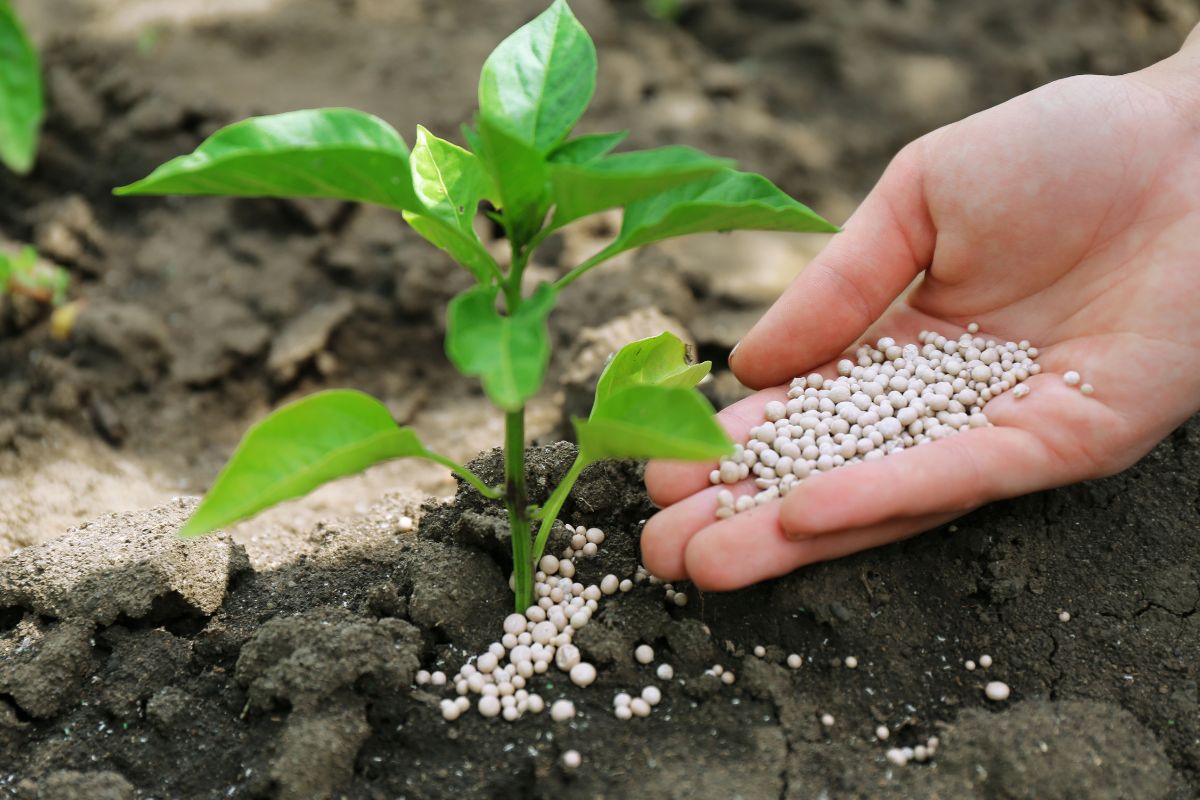
How to Fertilize Your Garden: Essential Tips for Healthy, Thriving Plants
For your garden to truly thrive, plants need a proper balance of nutrients. While soil provides the foundation, it often requires a nutrient boost to fully support plant health and productivity. Think of fertilizers as plant vitamins—an optional but powerful supplement that can significantly improve growth, flowering, and yields.
Understanding how to read fertilizer labels, decode N-P-K ratios, and select the right composts and manures can make a world of difference. Fertilizing isn’t just about getting bigger blooms—it’s about giving your plants the steady support they need to reach their full potential.
Table of Contents
Why Add Fertilizer?
Fertilizer is a valuable addition to your garden toolkit, designed to enrich soil and deliver the essential nutrients your plants need to flourish. Most fertilizers contain key ingredients like nitrogen, phosphorus, and potassium—critical elements for healthy growth, vibrant flowers, and bountiful harvests. Available in different forms such as granular, liquid, or slow-release formulations, fertilizers offer flexibility in how you nourish your garden. Applying fertilizer enhances soil minerals, encourages robust root systems, and ensures your plants receive a steady supply of nutrients to thrive.
In addition to supporting plant growth, fertilizers also support beneficial garden microbes that break down organic matter, making those nutrients more accessible to your plants’ roots. With the right balance and consistent application, fertilizers help your garden reach its full potential, rewarding you with beautiful blooms, fresh produce, and a thriving outdoor space.
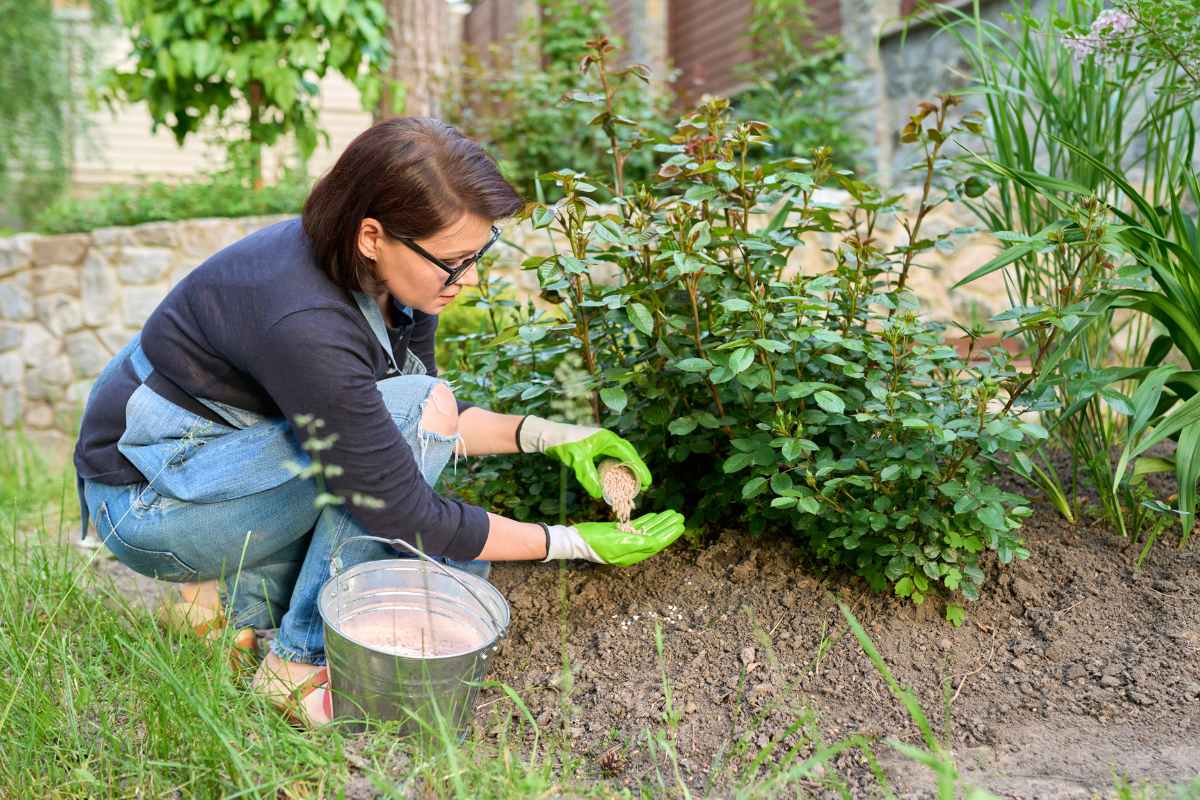
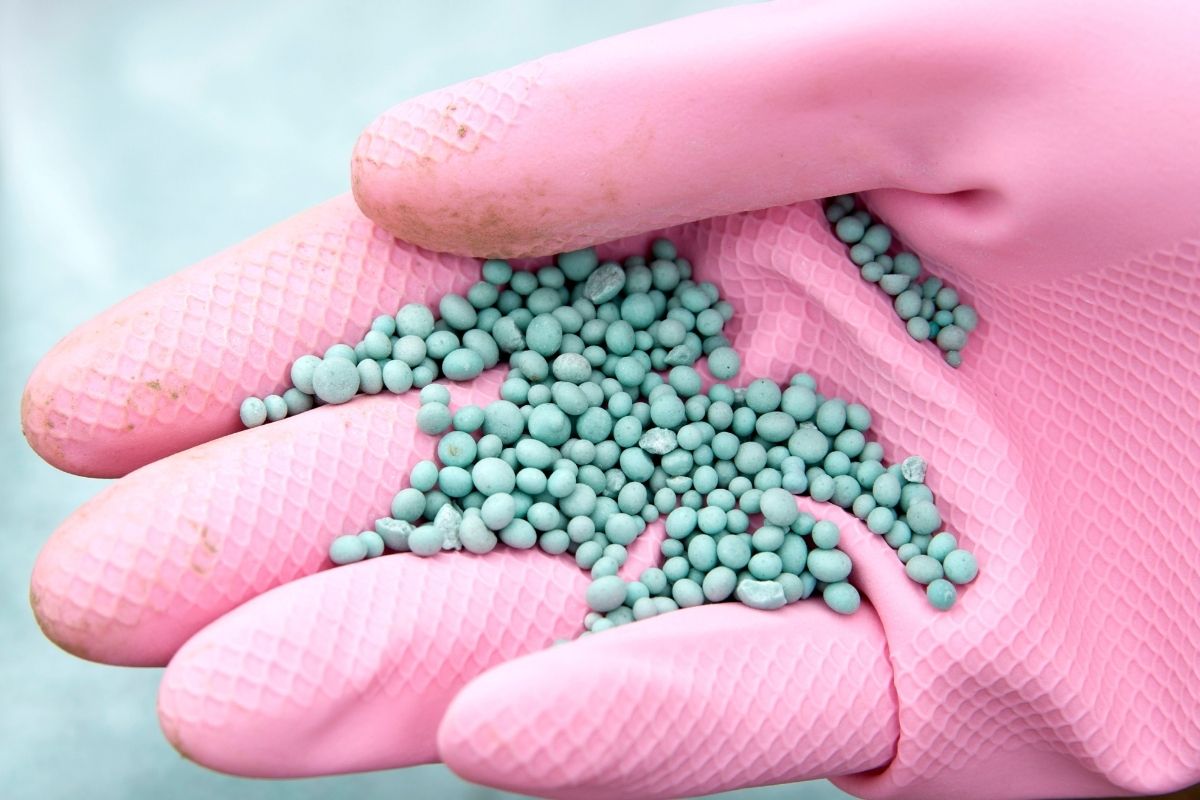
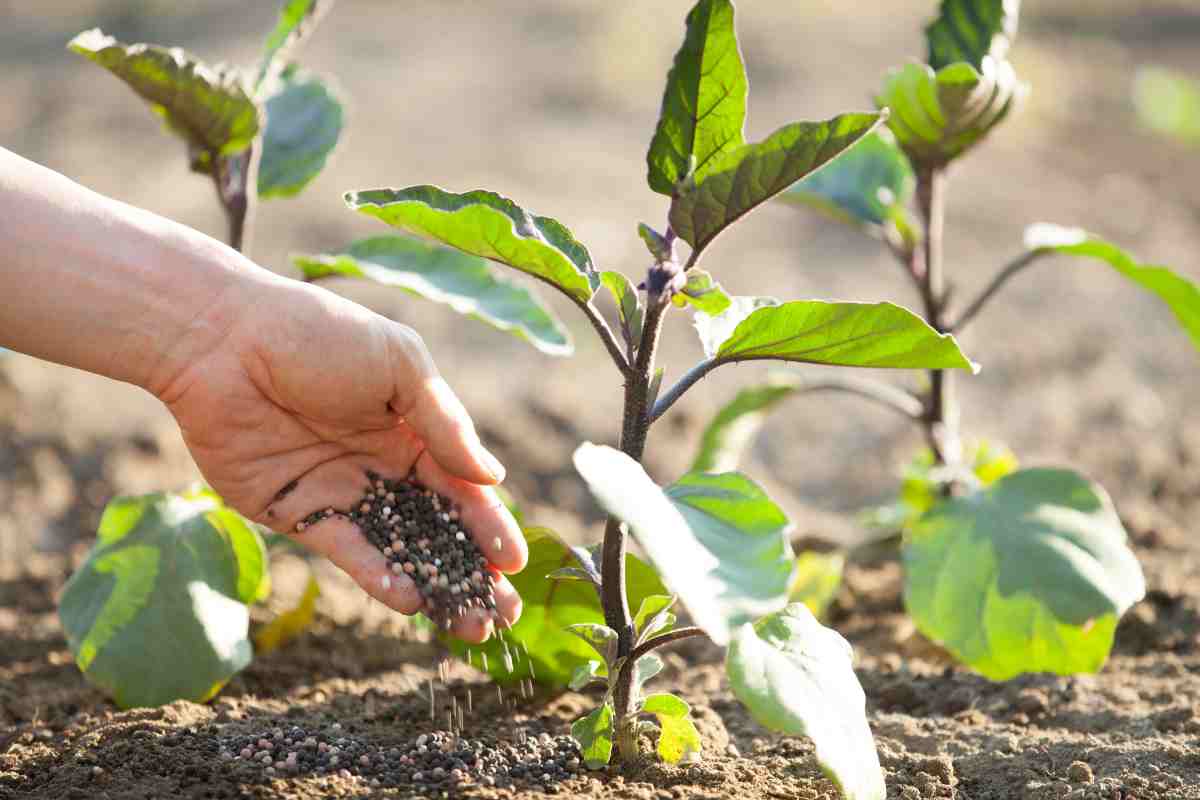
Organic vs. Chemical Fertilizers: What’s the Difference?
There’s a wide range of fertilizers available to help your garden thrive, and many gardeners choose to use chemical fertilizers for their quick and straightforward benefits. Also known as commercial or synthetic fertilizers, these options are formulated to deliver essential nutrients directly to your plants, giving them an immediate boost when they need it most. Liquid chemical fertilizers, in particular, are fast-acting and can be applied easily for instant results.
However, while chemical fertilizers are convenient, they do have some limitations. Their nutrient profiles can be somewhat narrow, meaning they might not contain all the micronutrients required for container-grown shrubs and perennials. Plus, their effects tend to be short-lived, and there’s always the risk of overfertilization, which can harm your plants over time. Chemical fertilizers don’t improve your soil structure in the long term, either. Still, despite these downsides, they remain a popular choice for gardeners looking for a reliable way to quickly supply nutrients and support plant growth in a pinch.
Today, many gardeners are turning to organic gardening practices to support healthier, more sustainable landscapes. Organic fertilizers are crafted from natural sources like animal by-products, plant materials, or mineral deposits. Unlike synthetic fertilizers, organic fertilizers work more gradually because beneficial soil microbes must first break down these organic materials, slowly releasing nutrients such as nitrogen, phosphorus, potassium, and trace minerals into the soil.
This slow-release action means that gardeners need to exercise a bit more patience to see the full benefits of organic fertilizers. Common types of organic fertilizers include bone meal, blood meal, compost, compost tea, and aged manure. Although these options can sometimes be pricier than chemical fertilizers, they have long-lasting effects, steadily nourishing plants while also improving soil structure and microbial activity for better long-term garden health.
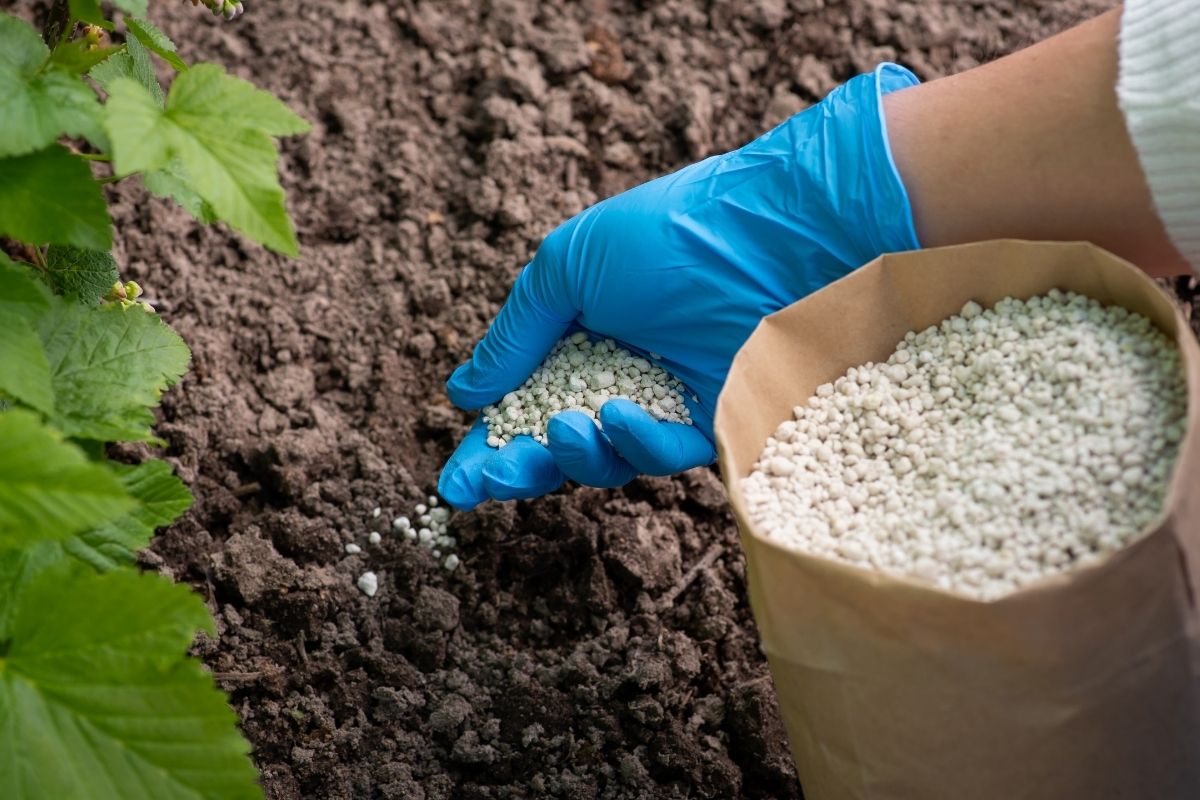
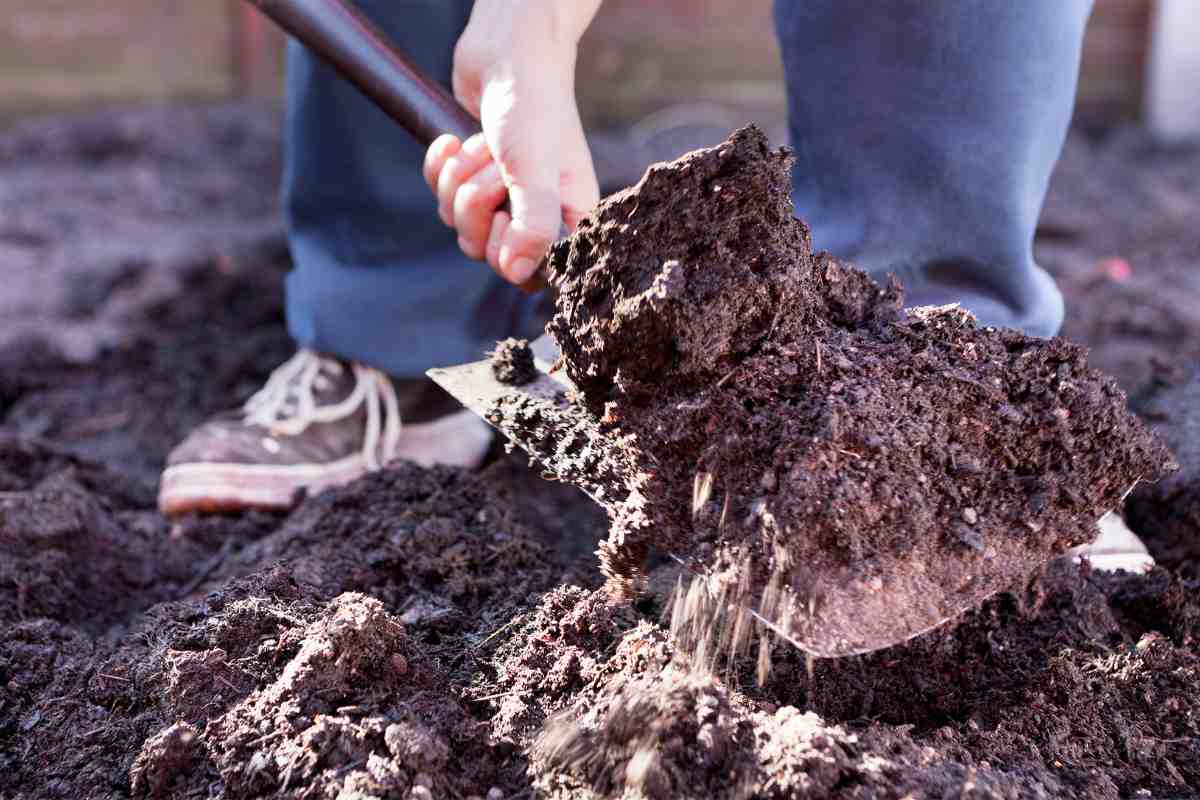
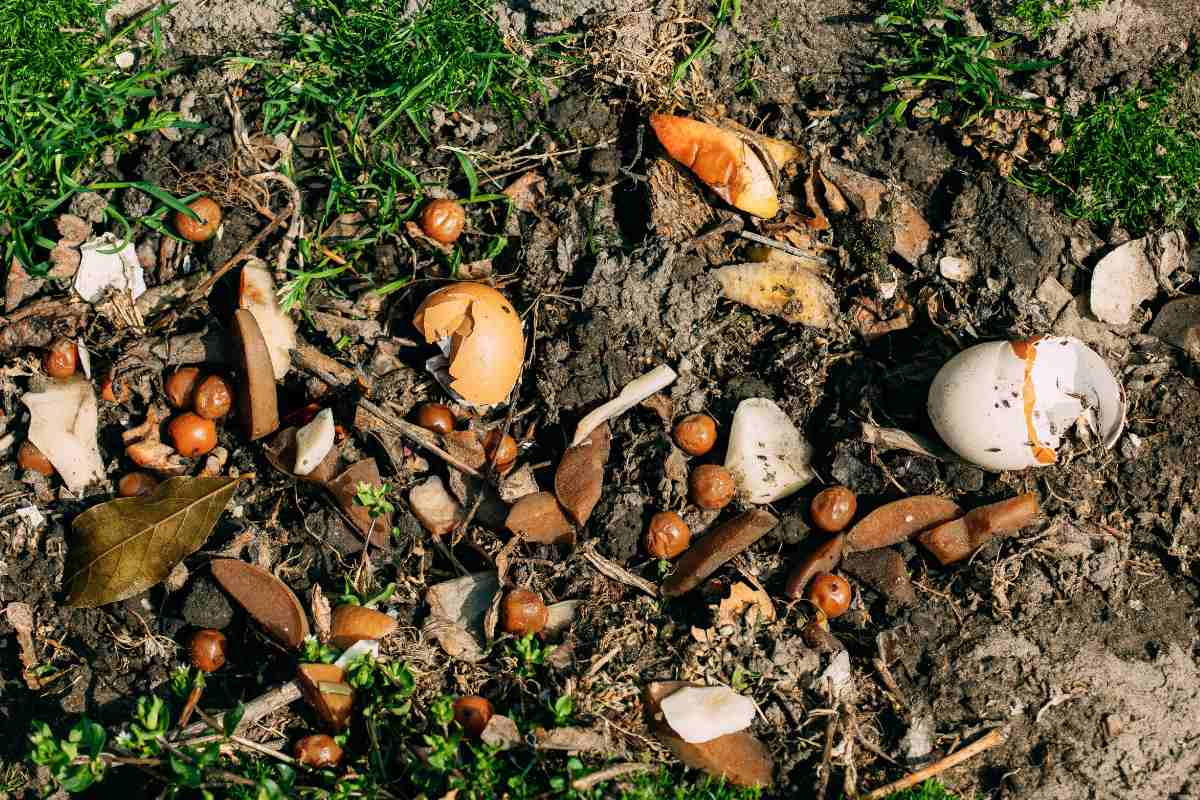
How Much Fertilizer Should You Use?
The amount of fertilizer you apply depends on your plant types and the specific product. General guidelines:
- Freshly planted bulbs and perennials: Wait until plants are established before applying fertilizer.
- Annuals: Begin feeding 2–3 weeks after planting.
- Established plants: Apply according to label directions, starting with a light dose to avoid root burn.
When it comes to applying fertilizer, it’s a good idea to start with a low-concentration option and slowly increase the dosage as needed. This gradual approach helps prevent fertilizer burn or shock, especially for tender new roots. Always read and follow the product label for proper application rates and be sure to comply with any local regulations to ensure you’re fertilizing safely and responsibly.
For best results, test your soil before fertilizing. This will help you tailor your approach, ensuring the right pH and nutrient levels to promote strong, healthy growth for whatever you’re planting.
When Should You Fertilize?
Timing matters. Fertilizing at the wrong stage can stress plants or cause growth spurts at the wrong time.
For tailored advice, consider chatting with your local garden center to find the best fertilizer match for your soil and your specific garden plants. Keep in mind that newly planted specimens, such as fresh bulbs or young seedlings, don’t benefit from fertilizer right away.
When planting spring-flowering bulbs in the fall, the ideal time to fertilize is in early spring, just after the last frost. This timing gives your plants an extra push to thrive during the growing season’s start. When feeding veggies, fruits, hanging baskets, or bedding plants, a mix of slow-release and liquid fertilizers usually works wonders. Consistent feeding—about every three weeks—can help your vegetable garden flourish, leading to a more bountiful summer harvest. Avoid fertilizing brand-new plants until they’ve put down a good foundation of roots, as too-early fertilizing can harm them, causing root burn or uneven growth.
Equally important is the time of day you fertilize. When adding nutrients to vegetable beds during summer, aim to fertilize during the cooler parts of the day. If you’re using granular fertilizers, apply them when you’re also watering, as this helps dissolve the granules and ensures they reach the roots effectively. Always fertilize soil that’s already moist, and gently rinse off any fertilizer that lands on the foliage or blooms. The goal is to feed the roots—where plants can use it best. Lastly, remember to spread the fertilizer along the root dripline rather than at the base of the stem to avoid the risk of rot.
When to Stop Fertilizing
As summer winds down, your plants begin preparing for dormancy. Continuing to fertilize late in the season can confuse them, triggering late growth that won’t survive the cold.
Stop fertilizing:
- Perennials, roses, and summer-flowering bulbs: By mid-August
- Veggie garden: By late August or early September
- Lawns in cool climates: Usually by early fall, depending on your region
Letting plants wind down naturally helps them transition smoothly into winter.
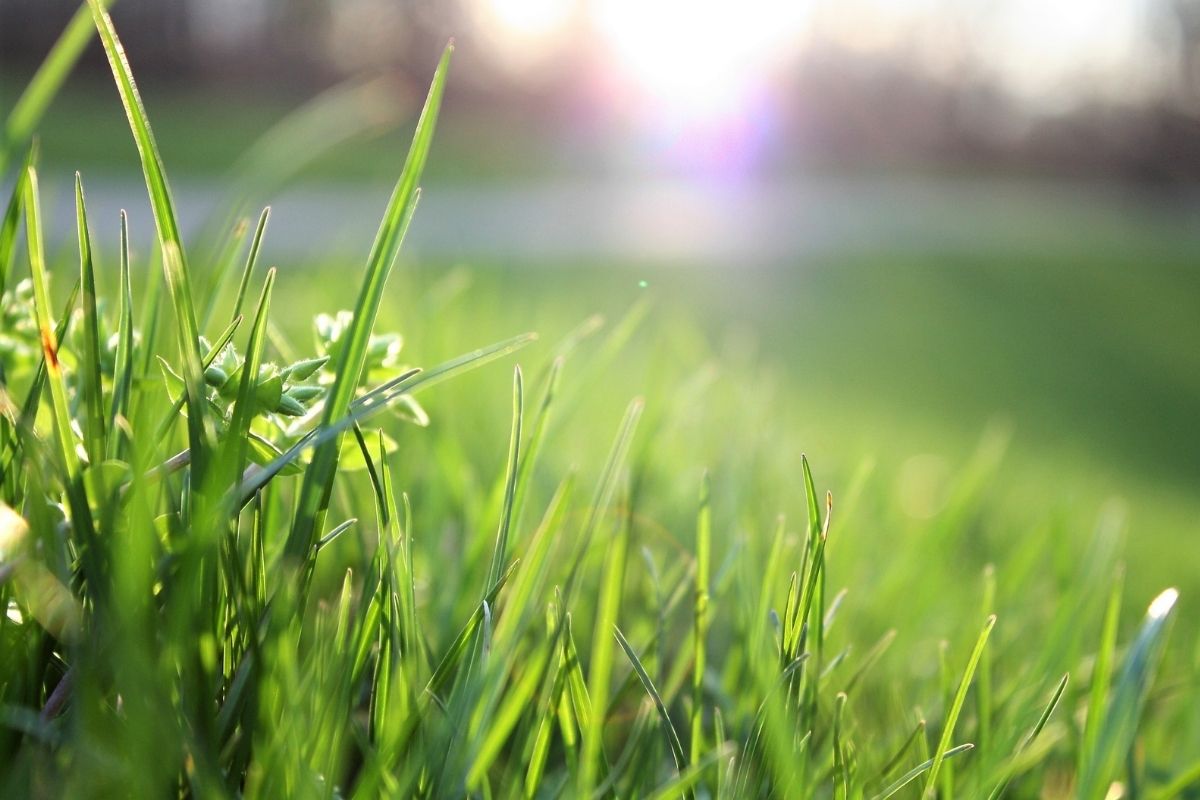
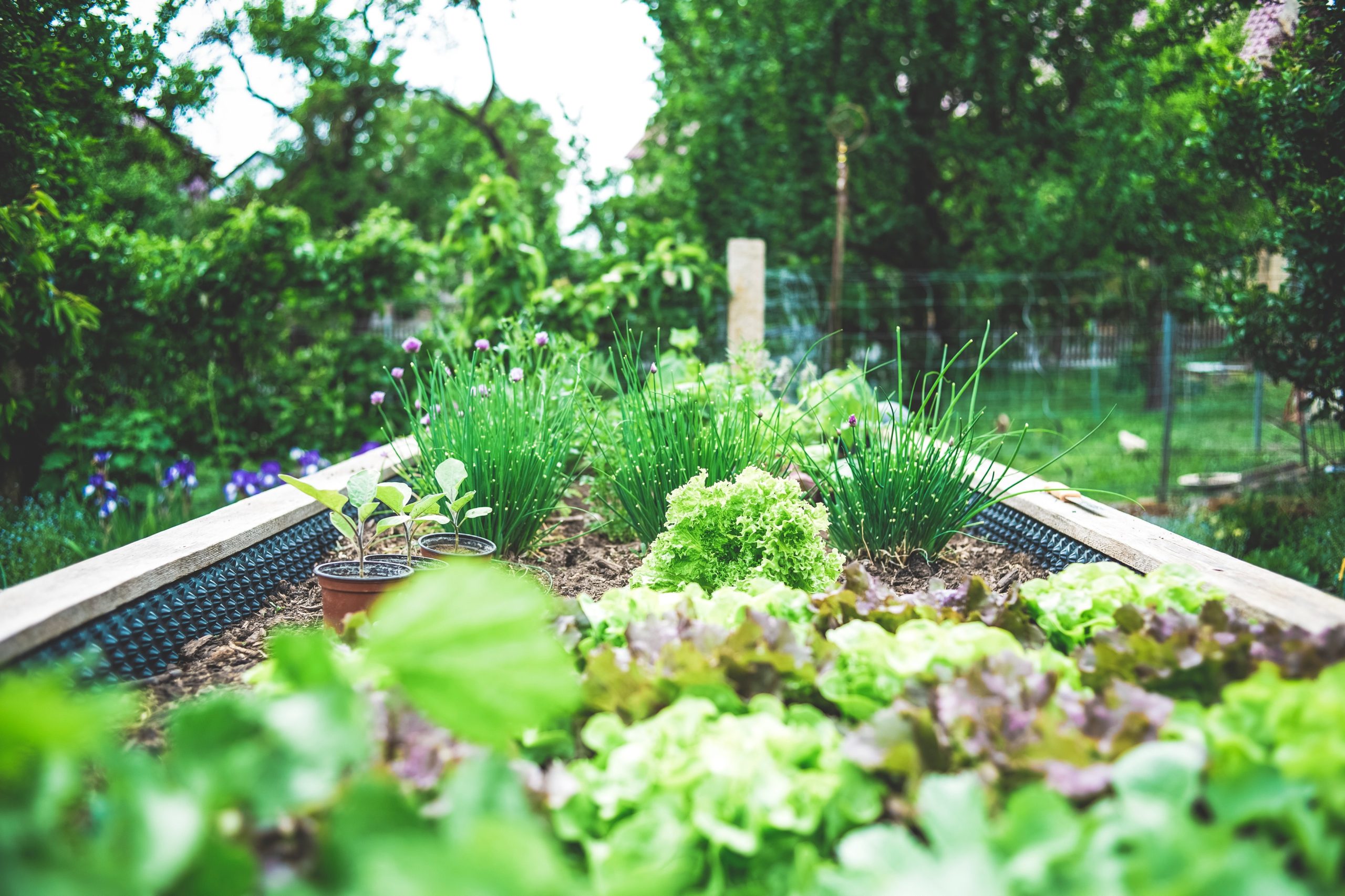
What Do Fertilizer Numbers Mean?
You’ll often see fertilizers labeled with three numbers, like 10-10-10 or 5-10-5. These are the NPK values, representing the percentage of:
N – Nitrogen: Encourages leafy, green growth (think “up”)
P – Phosphorus: Supports root development and flowering (“down”)
K – Potassium: Promotes general plant health, disease resistance, and fruiting (“all around”)
Use this simple phrase to remember their functions: “Up, down, and all around.”
When using organic fertilizers, you won’t always find the exact NPK ratio listed on the packaging. But there are some general guidelines: blood meal, fish emulsion, and seaweed extracts are rich in nitrogen; bone meal and rock phosphate deliver extra phosphorus; while greensand and sulfate of potash are great sources of potassium.
As for manures, here’s a rough guide to their typical nutrient makeup:
Chicken manure: 1.1 – 0.8 – 0.5
Cow manure: 0.25 – 0.15 – 0.25
Mushroom compost: 1 – 1 – 1 (balanced, but mild)
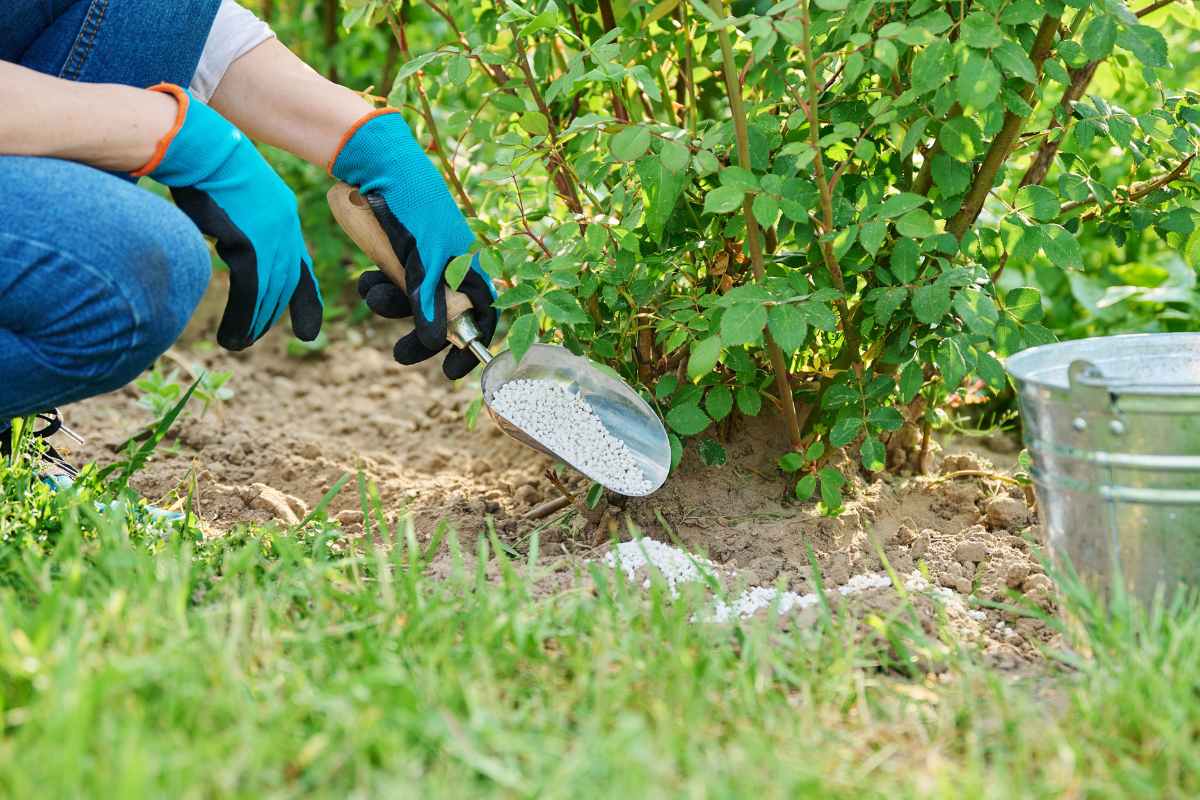
Choosing the Right Fertilizer for You
Now it’s time to pick the fertilizer that’s right for you. If your goal is to encourage lush, leafy growth, opt for a fertilizer with a higher nitrogen content. On the other hand, if you want to boost flowering and fruit production, look for fertilizers with elevated phosphorus levels.
When it comes to deciding between organic and chemical fertilizers, neither is inherently better — plants absorb nutrients the same way regardless of the source. The choice often comes down to your gardening style and preferences.
Many chemical fertilizers are specially formulated for specific plant types, such as roses, vegetables, or flowering plants, making it easier to select the best option for your needs. If you’re ever unsure which fertilizer to choose, don’t hesitate to ask your local garden center staff for advice, or reach out to us — we’re here to help you make the best choice for your garden’s success.


